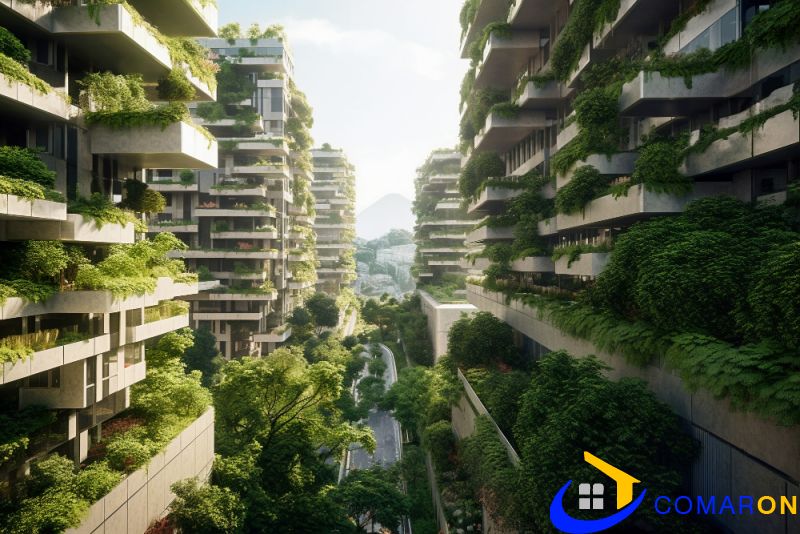
Let's begin by defining what constitutes a green building. Some perceive it as a structure with a lesser environmental impact compared to an average building. Others consider both the building itself and its surroundings. An ideal green building preserves the natural environment while fulfilling its intended purpose. Its construction and operation prioritize a healthy environment, avoiding disruptions to land, water, resources, and energy. This encapsulates the true essence of a green building.
In recent years, there has been a growing interest in green buildings. These are buildings that are designed, constructed, and operated in an environmentally friendly way. Green buildings have many benefits, including:
Green buildings use less energy and water, and they produce less waste. This helps to protect the environment and reduce our reliance on non-renewable resources.
Green buildings are made with better indoor air quality in mind.
This can lead to improved health and productivity for the people who work or live in the building.
Green buildings can save money on energy and water costs. This can lead to a shorter payback period for the initial investment in green building features.
Green buildings are often more valuable than traditional buildings. This is because they are more energy-efficient and have a lower environmental impact.
There are many different ways to make a building green. The following are some of the most typical green construction elements:
Green buildings are a win-win for the environment and for businesses. They can help to reduce our reliance on non-renewable resources, improve indoor air quality, and save money on energy and water costs. If you are considering building a new building or renovating an existing building, I encourage you to consider making it green. You won't look back on this choice in the future.
Green buildings are designed to be more comfortable for occupants, with features such as natural ventilation and daylighting. This can lead to improved productivity and reduced absenteeism.
Green buildings can help to improve the image of a company or organization and can attract new customers and employees.
Green buildings are often more marketable than traditional buildings, and they can command a higher price.
If you are interested in learning more about green buildings, there are many resources available online and in libraries. You can also contact us for more information.
We hope this blog has helped to introduce you to the world of green buildings. If you are interested in making a difference for the environment and for your bottom line, We encourage you to consider making your next building a green building.